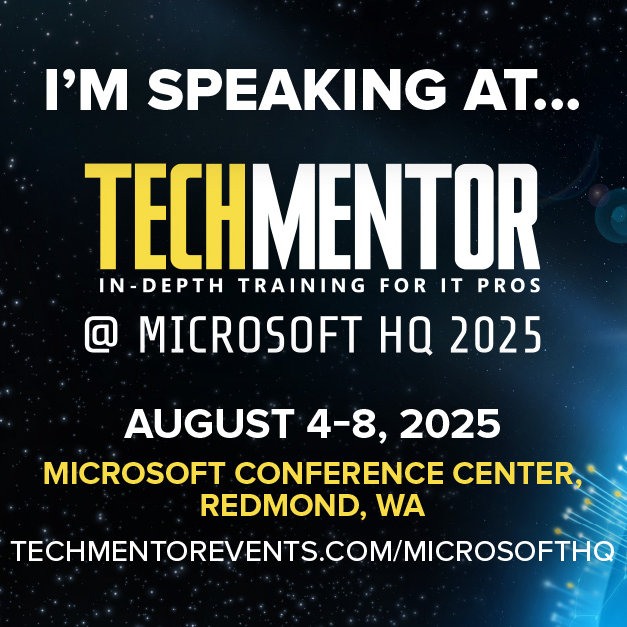Important Note: The ability to switch back and forth between the full GUI and core versions of Windows was removed from Windows Server 2016. If you are deploying DirectAccess on Windows Server 2016, you must install server core initially. More details here.

Windows Server Core is an operating system configuration option that does not include a Graphical User Interface (GUI). Server Core was first introduced with Windows Server 2008 and originally included only a limited number of supported roles. With each subsequent release, Microsoft continues to add support for additional roles on Server Core. Beginning with Windows Server 2012, the Routing and Remote Access (RRAS) role, which includes DirectAccess, is a supported workload on Server Core.
Advantages of Server Core
There are a number of important advantages that come with running DirectAccess on Server Core. Server Core has a greatly reduced attack surface compared to the full GUI version, which is positive from a security perspective. Server Core also features a dramatically reduced footprint, consuming less RAM and disk space. System startup times are faster, and this refactored installation option also reduces servicing requirements (patching), eliminating many reboots and increasing availability and overall system uptime.

Figure 1 – Windows Server 2012 R2 Core Desktop (Yes, that’s it!)
Server Core Configuration
DirectAccess is a workload that lends itself well to running on Server Core, and I highly recommend leveraging this configuration whenever possible. Based on my experience, I suggest performing initial configuration and testing of the DirectAccess solution with the GUI installed, and then removing the GUI just before placing the DirectAccess server in to production. Removing the GUI can be accomplished by executing the following PowerShell command:
Remove-WindowsFeature Server-Gui-Mgmt-Infra –Restart
Once the server has been converted to Server Core, all administration must be performed at the command line on the server, or remotely from a management server or workstation using the command line or GUI administration tools. You can install the Remote Access Management console on any Windows Server 2012 R2 server using the following PowerShell command:
Install-WindowsFeature RSAT-RemoteAccess
Optionally you can download and install the Windows Server Remote Administrations Tools (RSAT) on a Windows client workstation, if desired.
Minimal Server Interface Configuration
If you prefer to be able to manage the DirectAccess server locally using the GUI, consider enabling the Minimal Server Interface. Minimal Server Interface is a configuration option that lies between Server Core and the full GUI interface. It features some of the benefits of Server Core, while at the same time providing local access to GUI management tools such as the Remote Access Management console. You can configure Minimal Server Interface using the following PowerShell command:
Remove-WindowsFeature Server-Gui-Shell -Restart
You can access the Remote Access Management console by entering RaMgmtUI.exe from the command line.
Revert to Full GUI
If at any point in the future you require the GUI for some reason, re-installing it can be accomplished using the following PowerShell command:
Install-WindowsFeature Server-Gui-Shell –Restart
Summary
With the Unified Remote Access role supported on Windows Server Core, consider implementing DirectAccess using this option to improve the security and increase the availability of your remote access solution. You’ll find that almost all ongoing server maintenance and support can be accomplished remotely using GUI tools, or locally using PowerShell. And if you ever need the GUI again, you can always add it back if necessary!
Additional Resources











